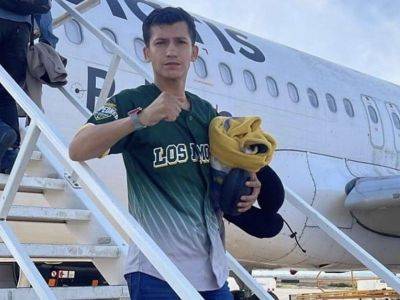Manila outranks Tokyo for walkability. But what’s the reality on the streets?
How walkable is Manila, really?
A recent report ranked Manila as the 12th most walkable city among many Asian cities, surpassing Tokyo, which ranked 15th. Meanwhile, Taipei was listed as the least walkable city, with Osaka placing as the fifth least walkable.
The study measured walkability based on the length of routes, time spent walking, the number of steps taken, and calories burned. Using AI, the study created a hypothetical one-day walking itinerary for each city, covering breakfast spots, attractions, lunch locations, and dinner spots.
For Manila, this 91-minute itinerary covered 6.6 kilometers, required 8,200 steps, and burned 410 calories.
Curious to explore the “walkable” part of Manila that supposedly outranked Osaka and Tokyo, I asked ChatGPT to create a similar itinerary.
Here’s what it suggested: Breakfast at The Curator Coffee & Cocktails in Legazpi Village, Makati; a tour around Intramuros in Manila; lunch at Ristorante Delle Mitre, also within Intramuros; another tour at the National Museum, and dinner at Barbara’s Heritage Restaurant in the Walled City.
This route spanned 9.1 kilometers and took 127 minutes to travel by foot, according to Google Maps —significantly longer than the figures cited in the study. It’s worth noting that ChatGPT’s suggestions vary by user and aren’t always consistent. For instance, the suggested breakfast spot was outside the city of Manila, raising questions about the accuracy of these AI-generated itineraries.
But does this itinerary paint the real state of walkability in Manila?
Walkability is more than just about distance and travel time. It encompasses safety, inclusivity, the quality of pedestrian infrastructure — such as sidewalks, overpasses, and pedestrian signals — and the overall experience of navigating the city on foot.
As a reporter covering local governments in Metro Manila, I’ve spent considerable time on the streets, observing firsthand the challenges pedestrians face. Fading crosswalks, poorly maintained sidewalks, and cracked pavements are all too common.
Streets are often impassable due to potholes, puddles, street vendors, or vehicles parked on sidewalks, forcing pedestrians into the road and







